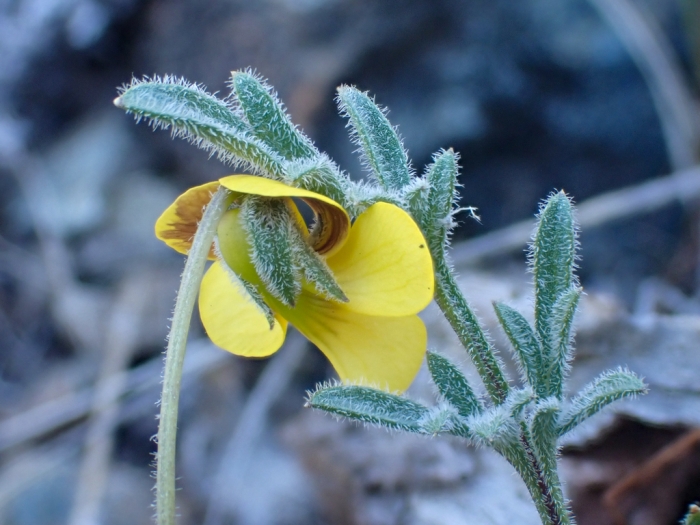Douglas’ Violet
(Viola douglasii)
Douglas’ Violet (Viola douglasii)
/
/

Chloe and Trevor Van Loon
CC BY 4.0
Image By:
Chloe and Trevor Van Loon
Recorded By:
Copyright:
CC BY 4.0
Copyright Notice:
Photo by: Chloe and Trevor Van Loon | License Type: CC BY 4.0 | License URL: http://creativecommons.org/licenses/by/4.0/ | Rights Holder: Chloe and Trevor Van Loon | Publisher: iNaturalist | Date Created: 2021-04-17T11:12:51-07:00 |
























Estimated Native Range
Summary
Viola douglasii, commonly known as Douglas’ violet or Douglas’ golden violet, is a perennial herb that is native to a variety of habitats in western North America, including grasslands, open woodlands, and chaparral from Oregon through California to Baja California. It often thrives on serpentine soils, which are typically high in heavy metals and low in essential nutrients, making them inhospitable to many other plant species. This violet reaches up to 8 inches in height and features deeply dissected leaf blades. Its bright or deep yellow flowers, which are solitary and adorned with distinctive brown veining, bloom from April to June and are quite showy, attracting pollinators such as bees and butterflies.
Douglas’ violet is valued for its vibrant yellow flowers and ability to thrive in challenging soil conditions, making it a suitable choice for rock gardens, native plant gardens, and restoration projects. It is also used in borders and as ground cover. In cultivation, it prefers partial shade to full sun, seasonally moist conditions, and can tolerate serpentine soils, which are often problematic for other plants. While it is generally easy to maintain, it can be susceptible to root rot in poorly drained soils. Douglas’ violet is not known for being invasive and does not typically present problems when grown outside its native range.CC BY-SA 4.0
Douglas’ violet is valued for its vibrant yellow flowers and ability to thrive in challenging soil conditions, making it a suitable choice for rock gardens, native plant gardens, and restoration projects. It is also used in borders and as ground cover. In cultivation, it prefers partial shade to full sun, seasonally moist conditions, and can tolerate serpentine soils, which are often problematic for other plants. While it is generally easy to maintain, it can be susceptible to root rot in poorly drained soils. Douglas’ violet is not known for being invasive and does not typically present problems when grown outside its native range.CC BY-SA 4.0
Plant Description
- Plant Type: Herb
- Height: 0.5-1 feet
- Width: 0.5-1 feet
- Growth Rate: Moderate
- Flower Color: Brown, Yellow
- Flowering Season: Spring, Summer, Winter
- Leaf Retention: Deciduous
Growth Requirements
- Sun: Part Shade, Full Shade
- Water: Medium
- Drainage: Medium, Fast
Common Uses
Bee Garden, Butterfly Garden, Deer Resistant, Low Maintenance
Natural Habitat
Grasslands, open woodlands, and chaparral
Other Names
Common Names: Douglas’ Violet, Stream Violet, Pioneer Violet
Scientific Names: , Viola douglasii, Viola chrysantha, Viola chrysantha var. nevadensis,
GBIF Accepted Name: